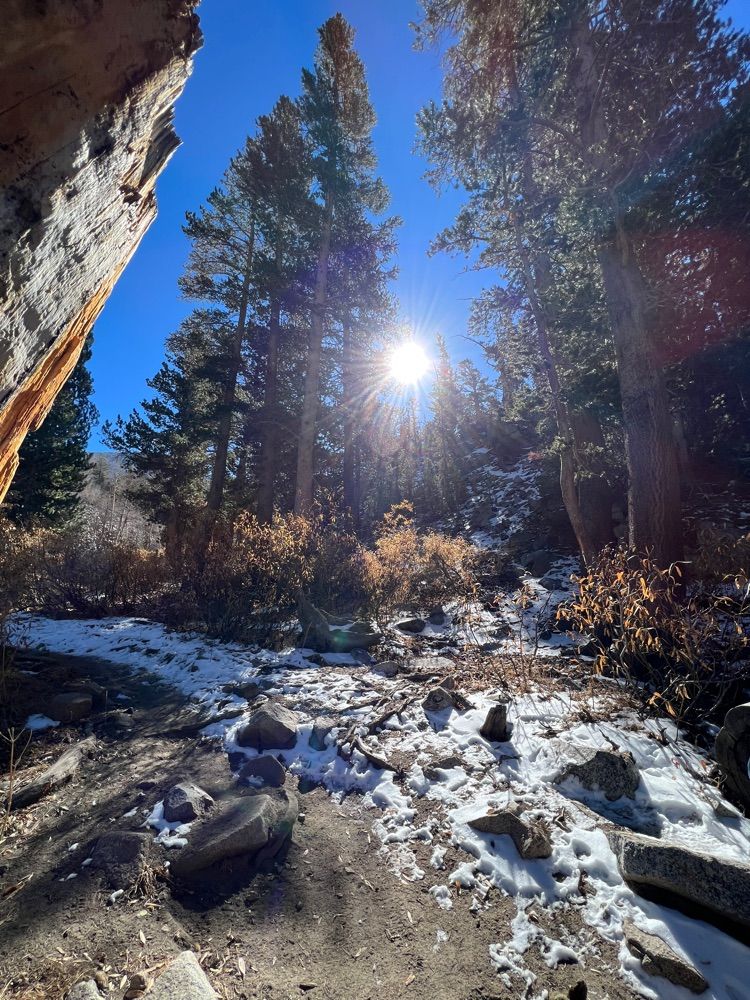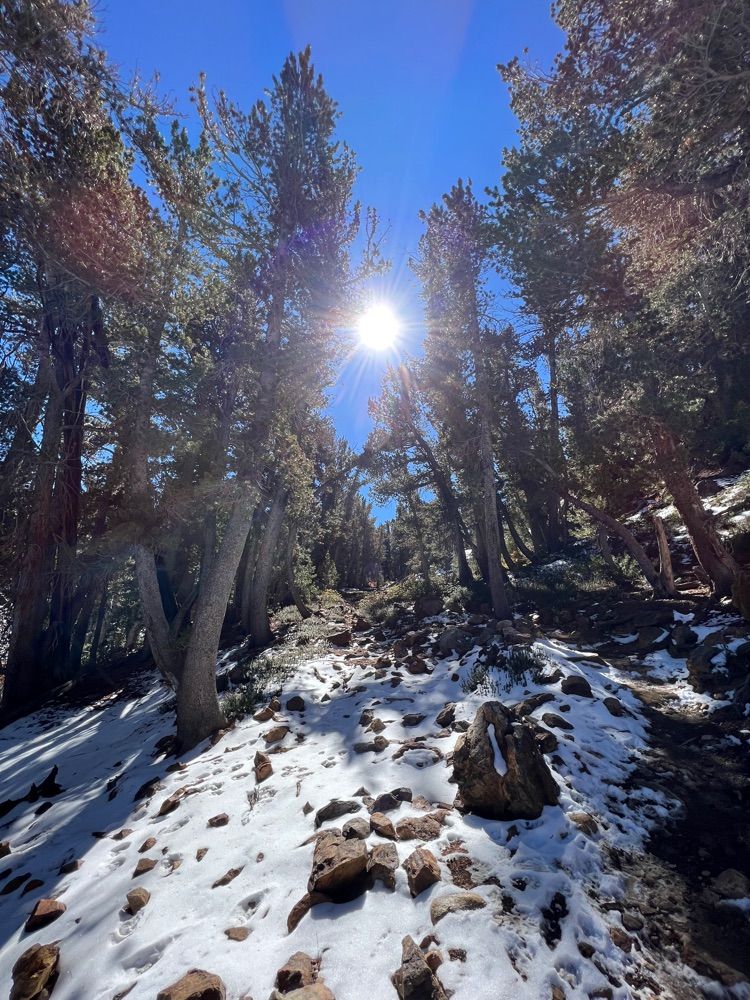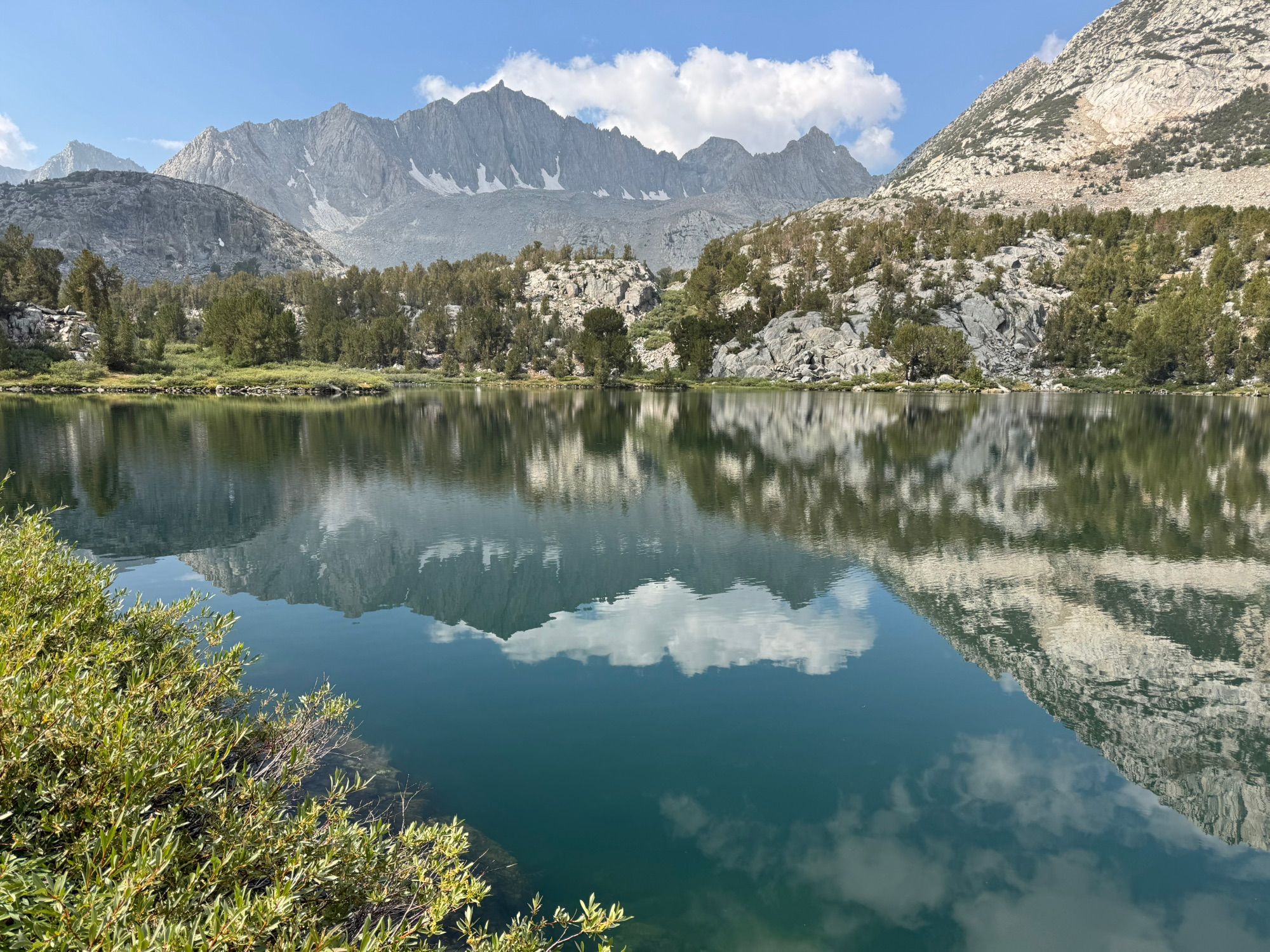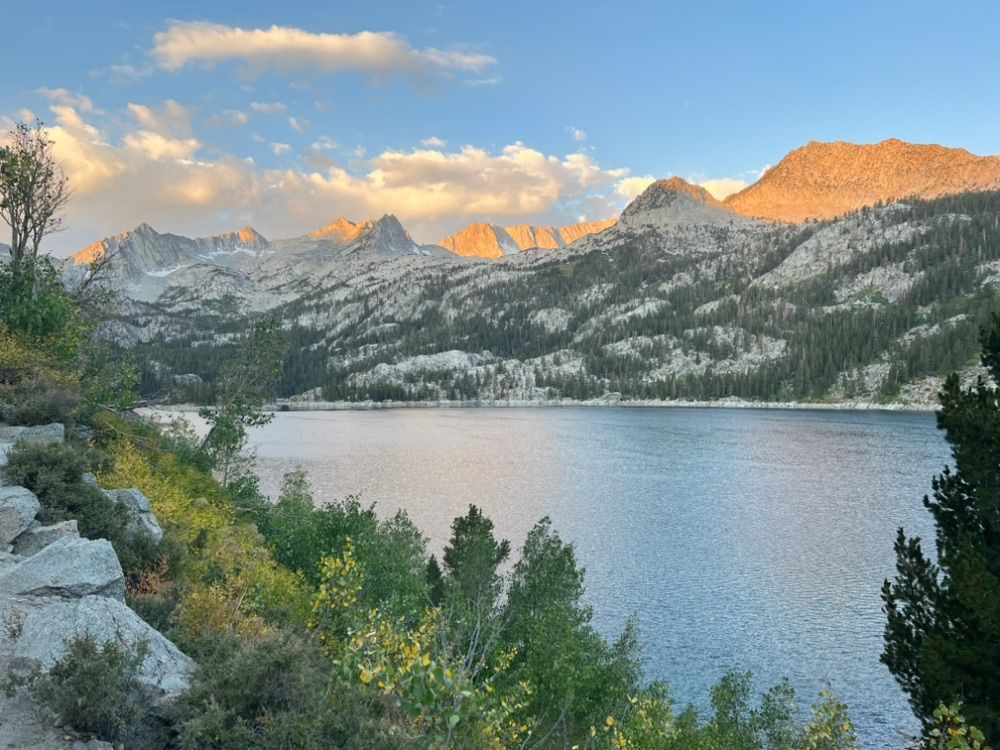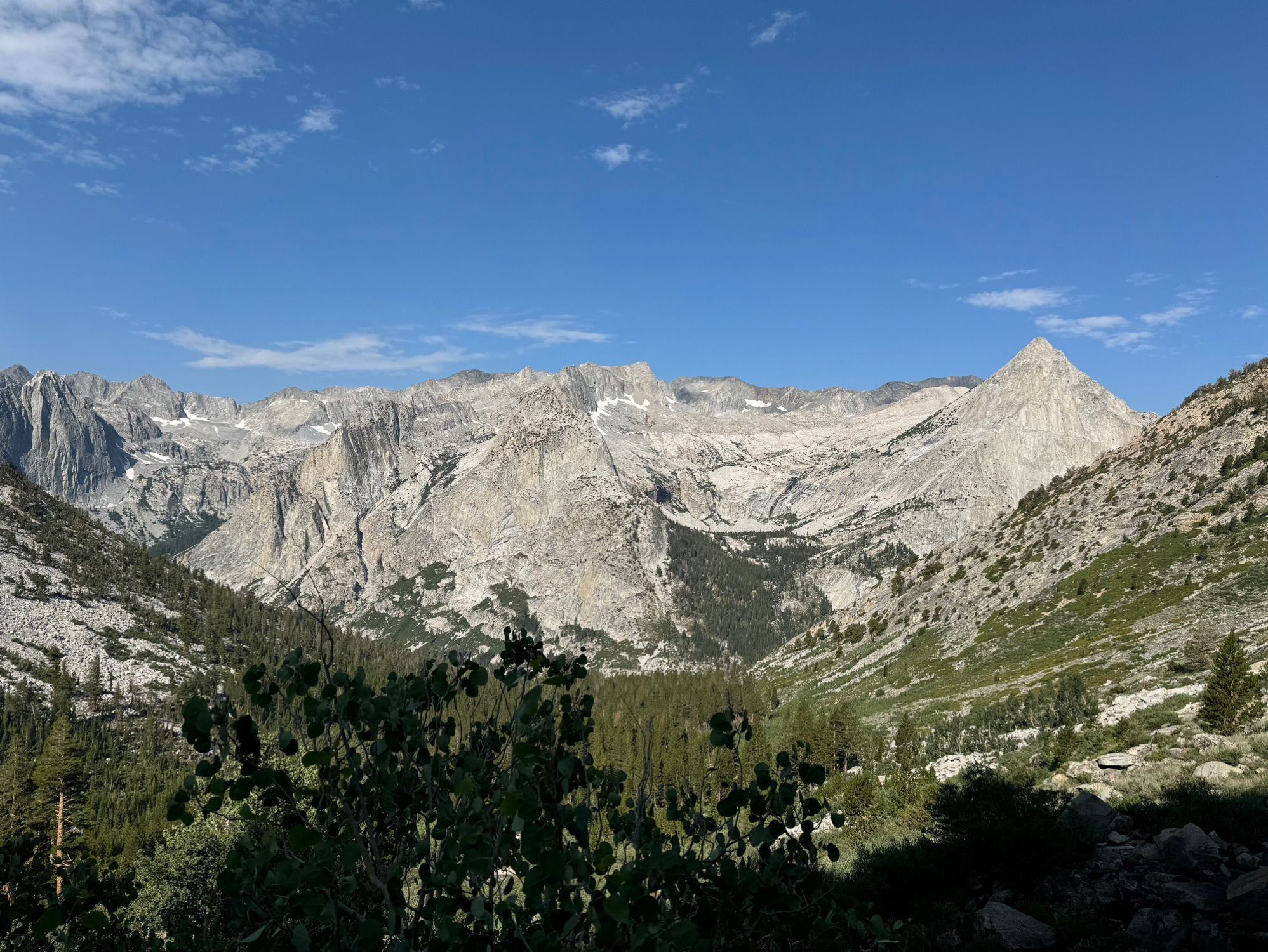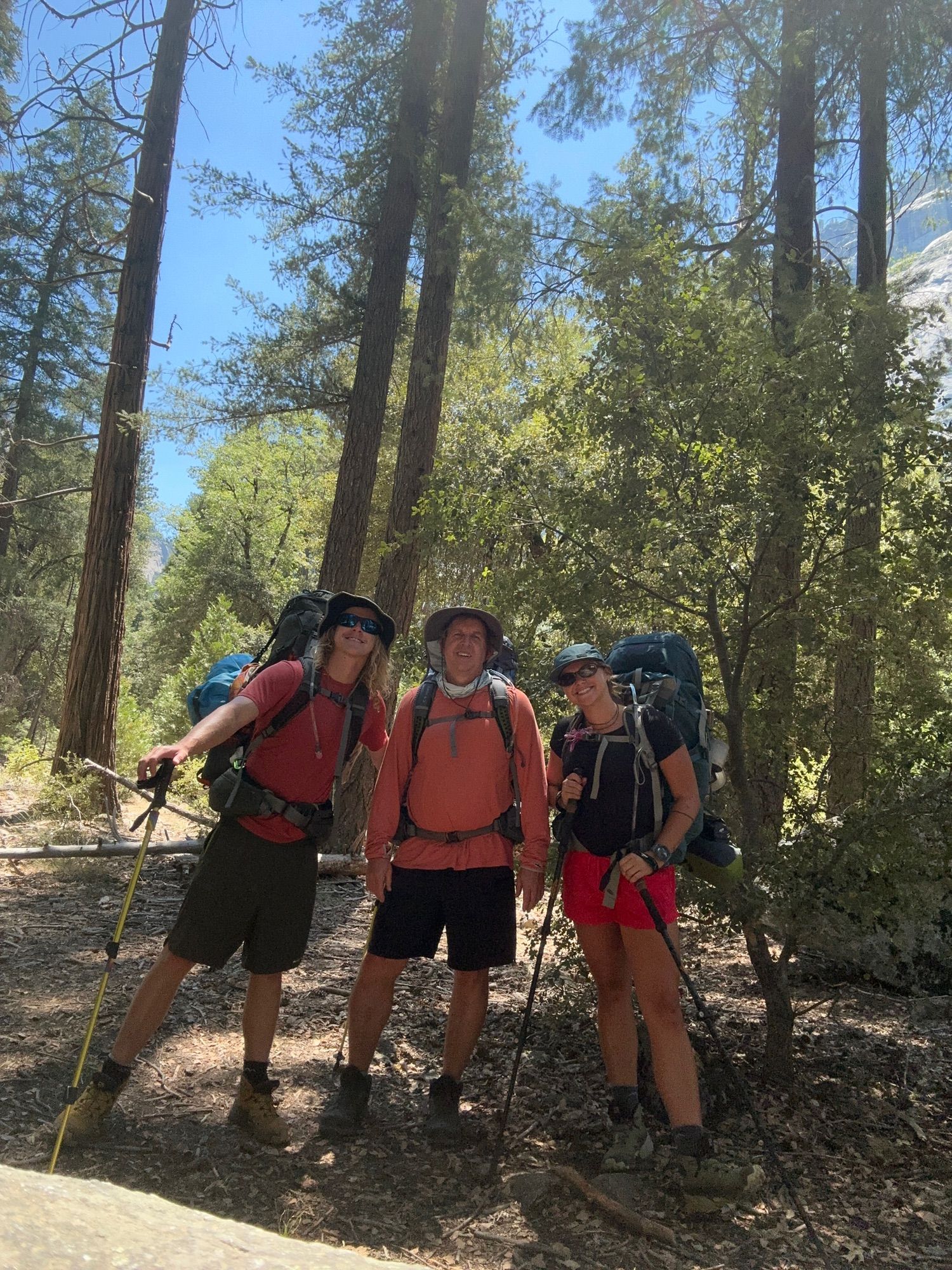Last updated on 19 Dec 2024
Bishop Pass Trail in California is a captivating hike through the John Muir Wilderness, part of the Sequoia National Forest. This popular route offers stunning views, alpine lakes, and diverse landscapes. Ideal for seasoned hikers, Bishop Pass Trail + trail + map will help you navigate this scenic adventure. Hiking in Bishop Pass Trail is best from late June to September when snow has melted and the weather is favorable. Summer temperatures are generally mild, though high altitudes can lead to sudden weather changes, so prepare accordingly. The trail features rocky and uneven surfaces, so sturdy hiking boots are recommended. Where is Bishop Pass Trail? It starts at the South Lake Trailhead, accessible via a drive from Bishop, CA. The area can get busy during peak summer months, so plan to start early or visit on weekdays for a quieter experience. For parking in Bishop Pass Trail, use the South Lake parking area. A permit is required for overnight stays, and day hikers should be aware of potential parking fees or regulations. Photos in Bishop Pass Trail + Sequoia Forest showcase the trail's breathtaking views, including alpine lakes and rugged peaks. The trailhead for Bishop Pass is well-marked, and the hike to Bishop Pass offers dramatic scenery and panoramic vistas. This route is not typically crowded during the shoulder seasons of spring and fall, making these times ideal for those seeking solitude. Bishop Pass Trail + Sequoia Forest + hike parking is generally straightforward, though spaces can fill up quickly during peak times. The trail is pet-friendly, but pets should be leashed and under control at all times. While not all sections are suitable for small children due to the rugged terrain, older kids with hiking experience will find it manageable. For practical information such as fees or permits, check the relevant details on the National Park Service’s official site.



